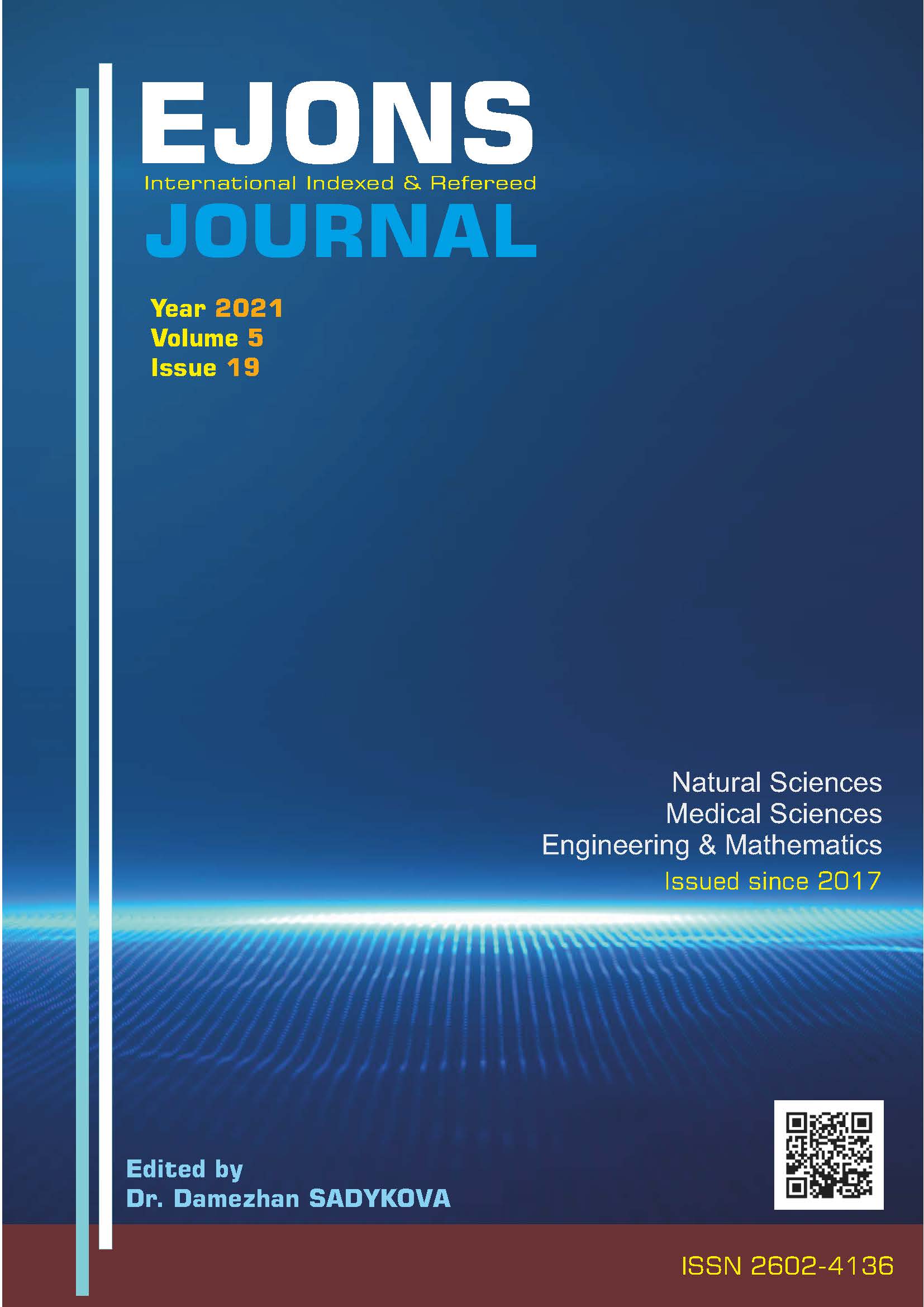Fatty Acid Analysis for Seeds of Some Orchid Species Spreading in Van Province
DOI:
https://doi.org/10.38063/ejons.444Keywords:
Orchidaceae, Types of Orchids, Fatty AcidsAbstract
Fatty acids have many important biochemical properties such as energy, metabolic and other structural activities. Orchids, which are among the common species worldwide, are used as beverages, food additives and drugs in societies. Orchid seeds are one of the smallest seeds that do not contain nutrient tissue naturally and are rich in fatty acids. Plants dried at room temperature were extracted using chloroform/methanol (2:1). Their methyl esters were analyzed using a Gas Chromatography device. As a result of the analysis, a total of 16 fatty acids were determined. Out of these, palmitic acid (16:0), oleic acid (18:1n-9) and linoleic acid (18:2n-6) were found as major fatty acids. Other fatty acids, myristic, pentadecanoic, stearic, linolenic, arachidonic and docosapentaenoic acid were detected in trace amounts. When the percentage distribution of palmitic acid was considered, it was observed that it ranged between 16.76% and 25.32%, and the highest one was in Anacamptis collina. It was also found that the distribution of stearic acid was similar among species. Oleic acid exhibited the highest distribution as percentage in Orchis simia (27.33%), Orchis mascula subsp. pinetorum (25.16%) and Orchis spitzelii (25.66%). Linoleic acid showed different distribution among species. The lowest percentage was found in Orchis tridentata (15.13%), while the highest one was in Orchis mascula subsp. pinetorum (34.02%). This study carried out on fatty acids is a part of the study on the use of natural bioactive products and fatty acids, hoping to be used in industrial applications.
Downloads
Published
How to Cite
Issue
Section
License

This work is licensed under a Creative Commons Attribution-NonCommercial 4.0 International License.


